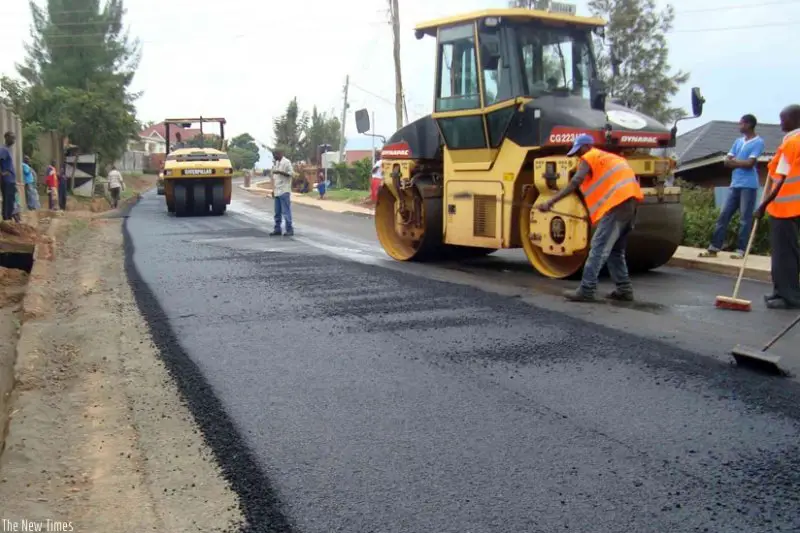The construction of Bolga-Bawku Road is set to be completed in 2020 before the General Elections; Ghana President Nana Addo Dankwa has assured the residents of the Upper East Region.
Speaking while addressing a durbar of chiefs and residents of Binaba in Zebilla constituency, President Akufo-Addo said that his Government will deliver the road on time as opposed to the promises made by Mahama-led administration. “The deceptions of the past will no longer be part of us,” he said.
Additionally, the President questioned the unprecedented infrastructural projects touted by his predecessor John Draman Mahama, he recalled how road projects stalled during his term but assured residents that all of them would be completed during his term before the elections next year.
He further called on Ghanaians to support the projects and policies being implemented by the government saying without their support and unity they will not be able to deliver these projects to them and also meet the set targets.
Also Read:Ghana secures US $76m for Bolgatanga-Bawku-Pulmakom road project
Bolga-Bawku road
The construction of the 115KM Bolga-Bawku Road under Brazilian contractor Queiroz Galvao will help ease traffic in Bolgatanga town and paga border which is commonly used by heavy commercial trucks.
According to the President, the road projects currently ongoing will create job opportunities, open up the agriculture sector, increase access to public facilities and boost business activities which are all among his agenda.
Tono Irrigation Scheme rehabilitation
Additionally, the President assured that Tono Irrigation Scheme rehabilitation and modernization works will be completed by July 2020 while the Tono Water Project will be completed by August 2021.
The on-going works on the Tono Irrigation Scheme include rehabilitation and improvement of existing lined canals and associated hydraulic structures; construction of new lined and unlined canals and associated hydraulic structures; upgrading and repair of earthen roads; repair of the dam wall, spillways and appurtenances; and the construction of ancillary infrastructure such as drying facilities.

